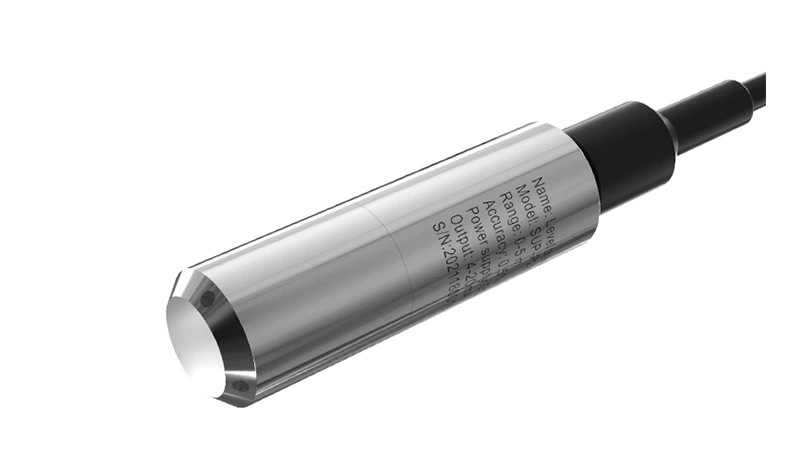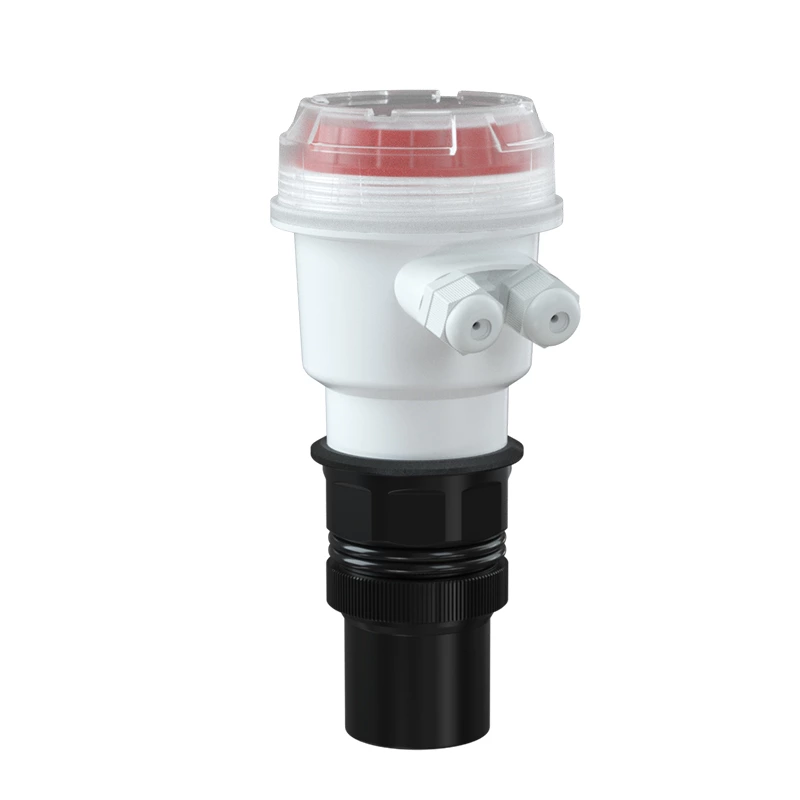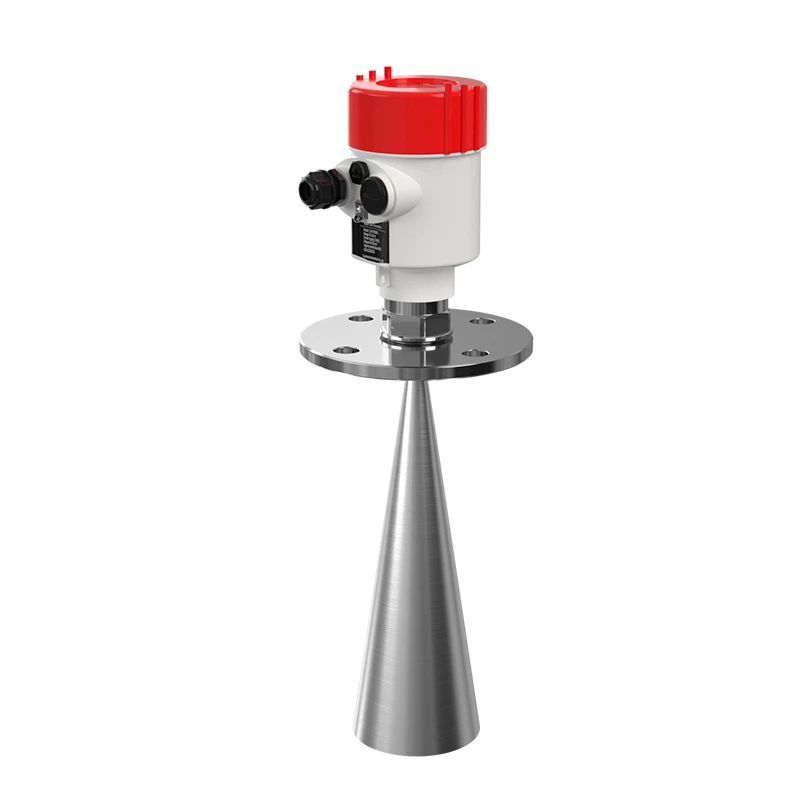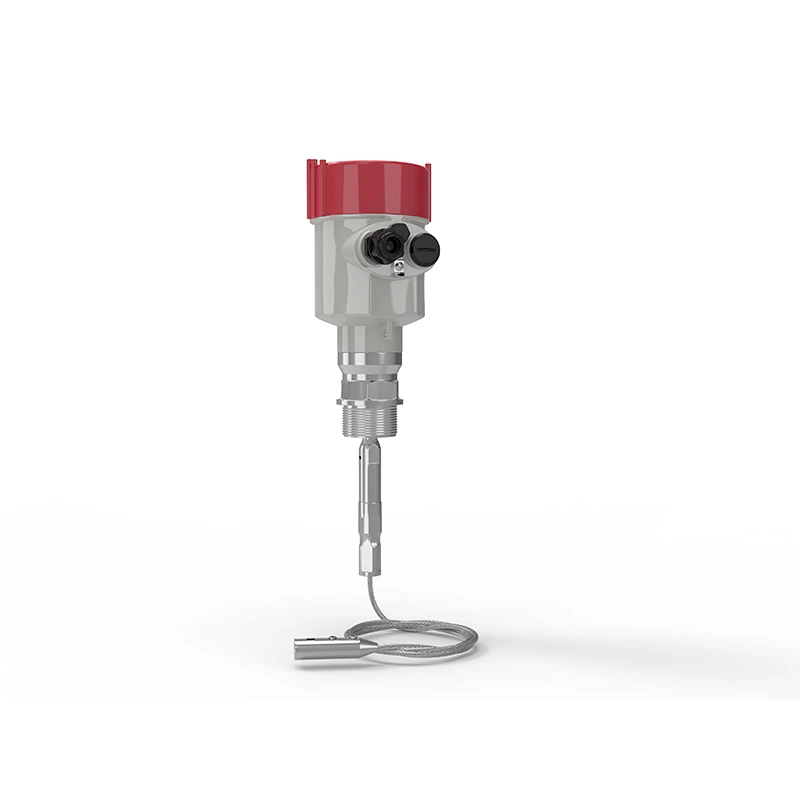How to choose the Level Transmitter?
-
Introduction
The liquid level measuring transmitter is an instrument that provides continuous liquid level measurement. It can be used to determine the level of liquid or bulk solids at a specific time. It can measure the liquid level of media such as water, viscous fluids and fuels, or dry media such as bulk solids and powders.
The liquid level measuring transmitter can be used in various working conditions such as containers, tanks and even rivers, pools and wells. These transmitters are commonly used in the material handling, food and beverage, power, chemical, and water treatment industries. Now let's take a look at several commonly used liquid level meters.
-
Submersible level sensor
Based on the principle that the hydrostatic pressure is proportional to the height of the liquid, submersible level sensor uses the piezoresistive effect of diffused silicon or ceramic sensor to convert the hydrostatic pressure into electrical signal. After temperature compensation and linear correction, it is converted into 4-20mADC standard current signal output. The sensor part of submersible hydrostatic pressure transmitter can be directly put into the liquid, and the transmitter part can be fixed with flange or bracket, so that it is very convenient to install and use.
Submersible level sensor is made of advanced isolation type diffused silicon sensitive element, which can be directly put into the container or water to accurately measure the height from the end of the sensor to the water surface, and output the water level through 4 – 20mA current or RS485 signal.
-
Magnetic level sensor
Magnetic flap structure is based on the principle of by-pass pipe. The liquid level in the main pipe is consistent with that in the container equipment. According to Archimedes law, the buoyancy generated by the magnetic float in the liquid and the gravity balance float on the liquid level. When the liquid level of the vessel measured rises and falls, the rotary float in the main pipe of the liquid level meter also rises and falls. The permanent magnetic steel in the float drives the red and white column in the indicator to turn 180 ° through the magnetic coupling platform
When the liquid level rises, the float changes from white to red. When the liquid level falls, the float changes from red to white. The white-red boundary is the actual height of the liquid level of the medium in the container, so as to realize the liquid level indication.
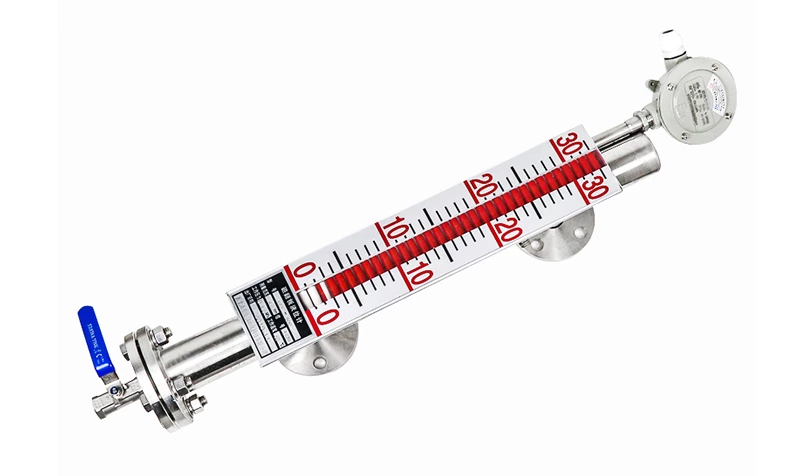
-
Magnetostrictive liquid level sensor
The structure of magnetostrictive liquid level sensor consists of stainless steel tube (measuring rod), magnetostrictive wire (waveguide wire), movable float (with permanent magnet inside), etc. When the sensor works, the circuit part of the sensor will excite the pulse current on the waveguide wire, and the pulse current magnetic field will be generated around the waveguide wire when the current propagates along the waveguide wire.
A float is arranged outside the measuring rod of the sensor, and the float moves up and down along the measuring rod with the change of liquid level. There is a set of permanent magnetic rings inside the float. When the pulsed current magnetic field meets the magnetic ring magnetic field generated by the float, the magnetic field around the float changes, so that the waveguide wire made of magnetostrictive material generates a torsional wave pulse at the position of the float. The pulse is transmitted back along the waveguide wire at a fixed speed and detected by the detection mechanism. By measuring the time difference between transmitting pulse current and torsional wave, the position of float can be accurately determined, that is, the position of liquid surface.
-
Radio Frequency Admittance Material Level Sensor
Radio frequency admittance is a new level control technology developed from capacitive level control, which is more reliable, more accurate and more applicable. It is the upgrade of capacitive level control technology.
The so-called radio frequency admittance means the reciprocal of impedance in electricity, which is composed of resistive component, capacitive component and inductive component. Radio frequency is the radio wave spectrum of high-frequency liquid level meter, so radio frequency admittance can be understood as measuring admittance with high-frequency radio wave.
When the instrument works, the sensor of the instrument forms the admittance value with the wall and the measured medium. When the material level changes, the admittance value changes accordingly. The circuit unit converts the measured admittance value into the material level signal output to realize the material level measurement.
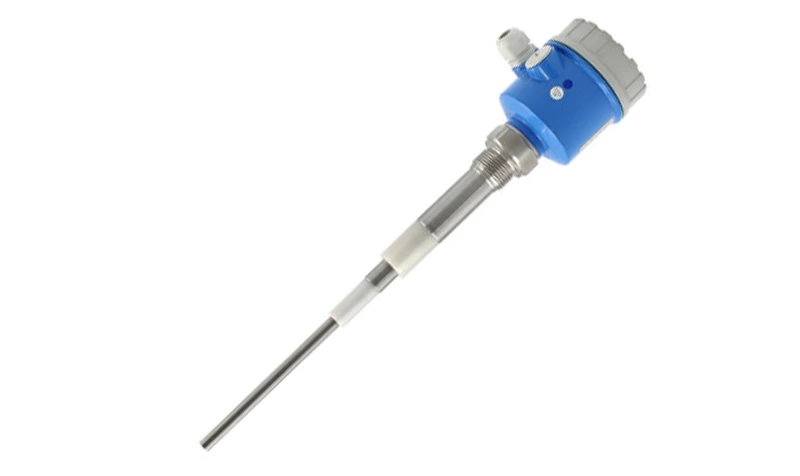
-
Ultrasonic level meter
Ultrasonic level meter is a digital level instrument controlled by microprocessor. In the measurement, the pulse ultrasonic wave is sent out by the sensor, and the sound wave is received by the same sensor after being reflected by the object surface, and converted into an electrical signal. The distance between the sensor and the object under test is calculated by the time between the sound wave transmitting and receiving.
The advantages are no mechanical movable part, high reliability, simple and convenient installation, non-contact measurement, and not affected by the viscosity and density of liquid.
The disadvantage is that the accuracy is relatively low, and the test is easy to have blind area. It is not allowed to measure pressure vessel and volatile medium.
-
Radar level meter
The working mode of radar liquid level meter is transmitting reflecting receiving. The antenna of radar liquid level meter emits electromagnetic waves, which are reflected by the surface of the measured object and then received by the antenna. The time of electromagnetic waves from transmitting to receiving is proportional to the distance to the liquid level. The radar liquid level meter records the time of pulse waves, and the transmission speed of electromagnetic waves is constant, then the distance from the liquid level to the radar antenna can be calculated, so as to know the liquid level of the liquid level.
In practical application, there are two modes of radar liquid level meter, namely frequency modulation continuous wave and pulse wave. The liquid level meter with frequency modulated continuous wave technology has high power consumption, four wire system and complex electronic circuit. The liquid level meter with radar pulse wave technology has low power consumption, can be powered by two-wire system of 24 VDC, easy to achieve intrinsic safety, high accuracy and wider application range.
-
Guided wave radar level meter
The working principle of the guided wave radar level transmitter is the same as that of the radar level gauge, but it sends microwave pulses through the sensor cable or rod. The signal hits the liquid surface, then returns to the sensor, and then reaches the transmitter housing. The electronics integrated in the transmitter housing determines the liquid level based on the time it takes for the signal to travel along the sensor and return again. These types of level transmitters are used in industrial applications in all areas of process technology.

